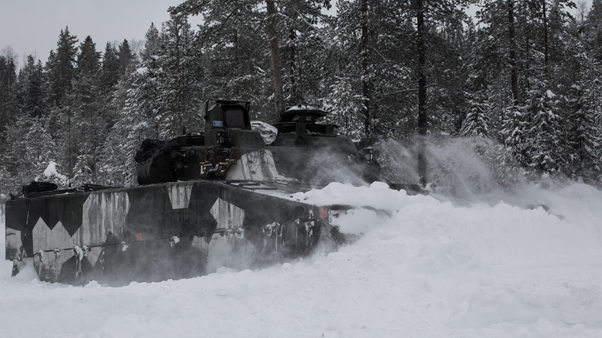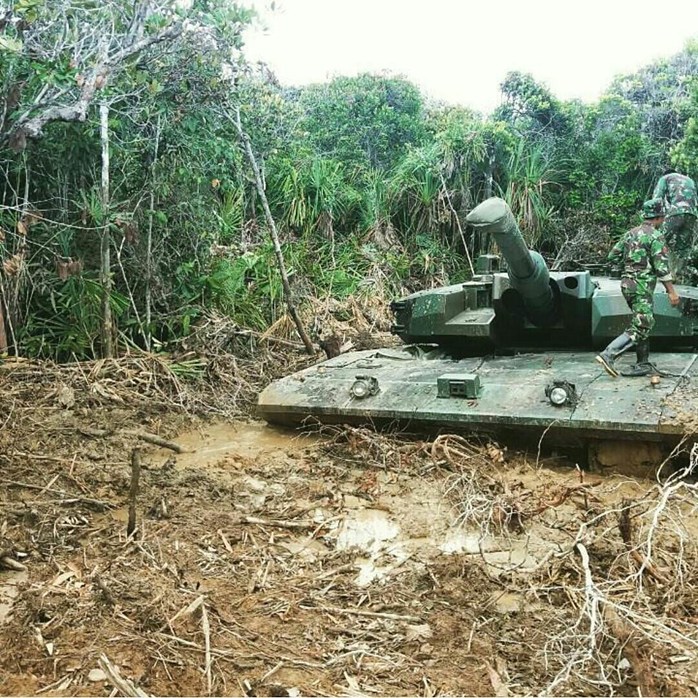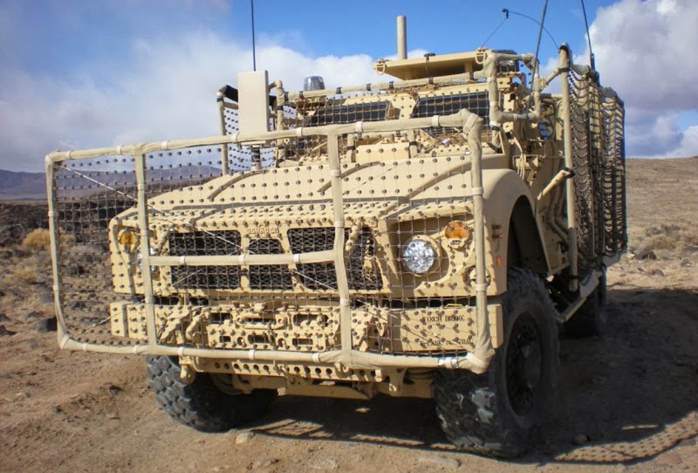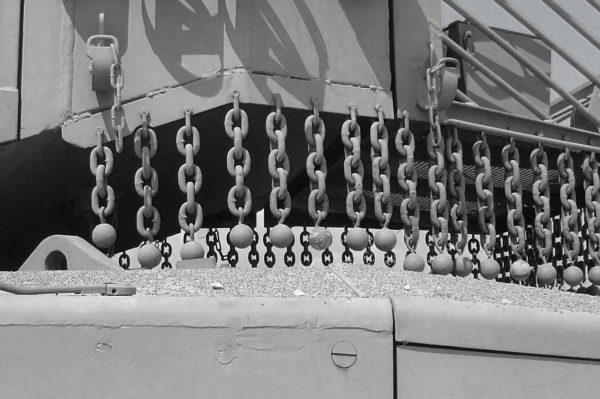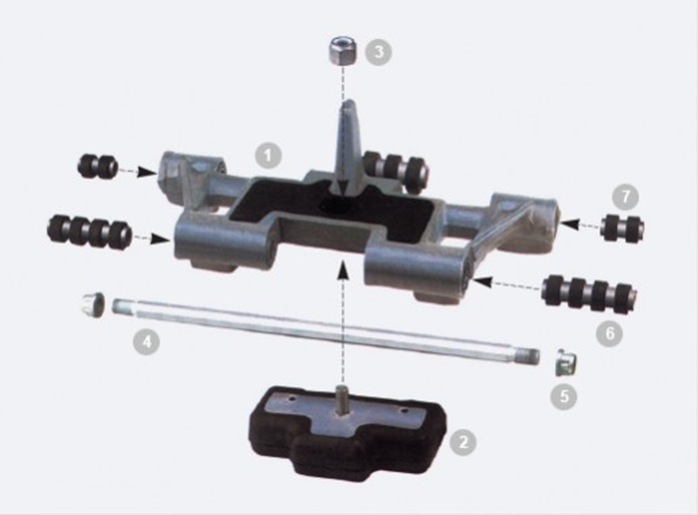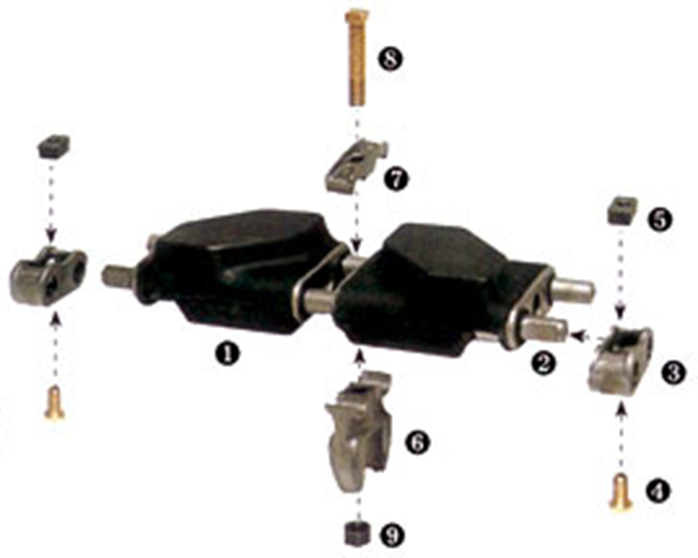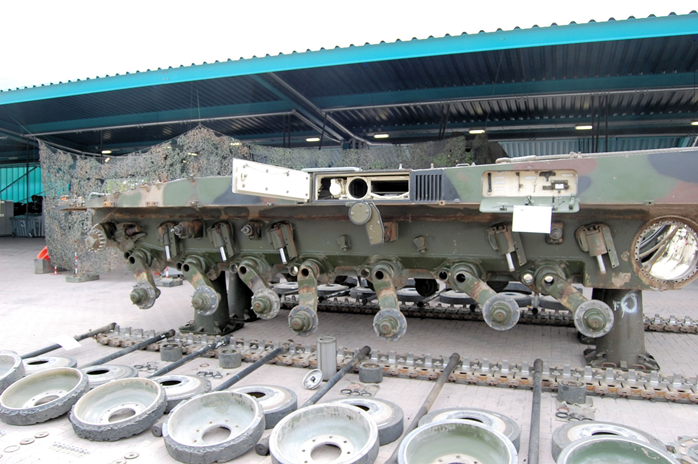
The #OMFV industry day last week provided some clarity and a few new angles on the requirement. A few highlights and thoughts below
(Image an old NGCV concept art, not from recent industry day)
(Image an old NGCV concept art, not from recent industry day)
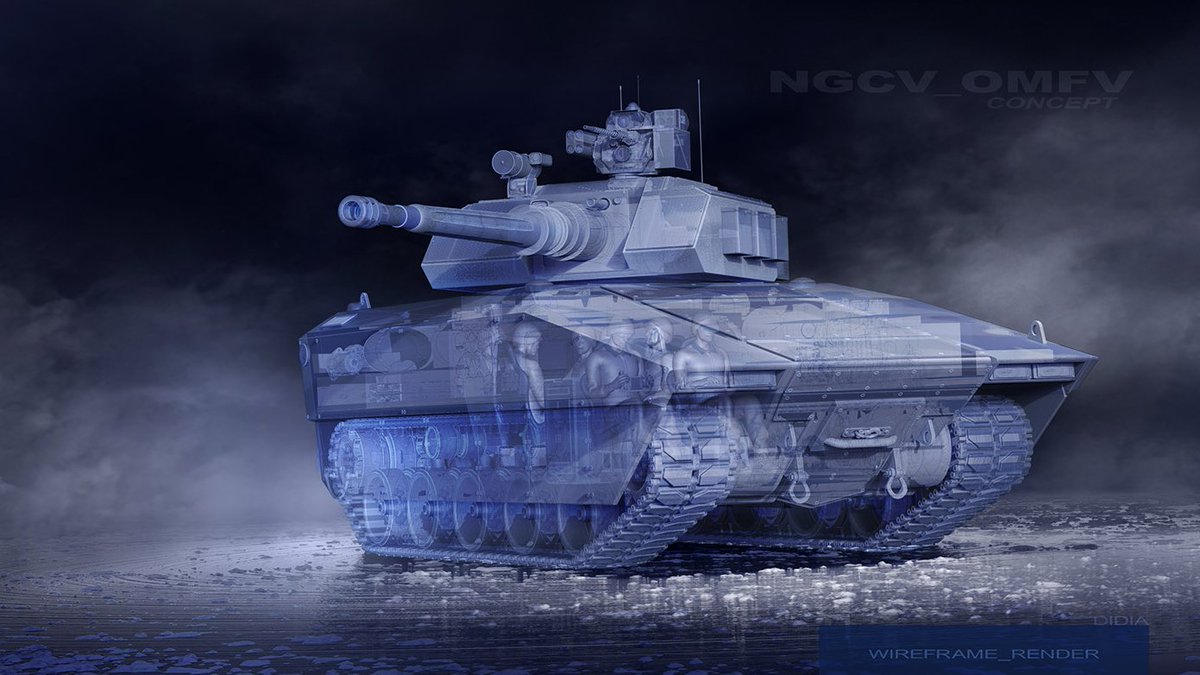
Unsurprising desire to prioritise survivability, stated as #1 priority. At this stage specifics are unclear, but for contemporary ATGM/KE you need APS, ERA & some rather fancy composites. Even then overmatch will be tough in conjunction with mobility/transportability aspirations 
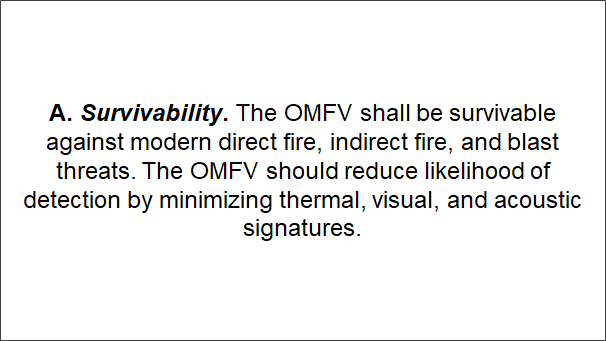
Firepower requirements to engage infantry up to tanks, and helicopters. So an ATGM essential, and high elevation cannon. Given need for unmanend turret (see further down), could mean high profile turret, or loss of swept volume inside vehicle to allow that big 50 mm to elevate 
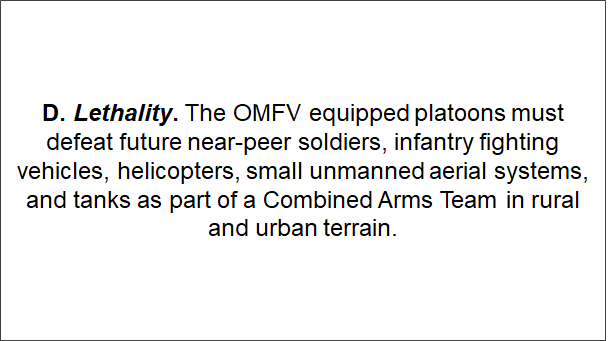
The OM is back in OMFV. Clear statement that
"The OMFV should allow commanders to choose between manned or remote operation based on the tactical situation."
Not a small request, will be interesting seeing how contractors answer it. I note that it is 9th of 10 reqs for priority
"The OMFV should allow commanders to choose between manned or remote operation based on the tactical situation."
Not a small request, will be interesting seeing how contractors answer it. I note that it is 9th of 10 reqs for priority
"Each OMFV vehicle will be crewed by no more than two Soldiers who will be positioned in the hull. Squad members can perform crew duties prior to dismounting the OMFV but the vehicles must remain operational after dismounting."
So an unmanned turret and single commander/gunner
So an unmanned turret and single commander/gunner
A few vignettes of notional OMFV company tasks moving from point of arrival to an attack and then defence against coutnerattack. Note the repeated referral to remote operation and survivability incl focus on hiding from enemt sensors 



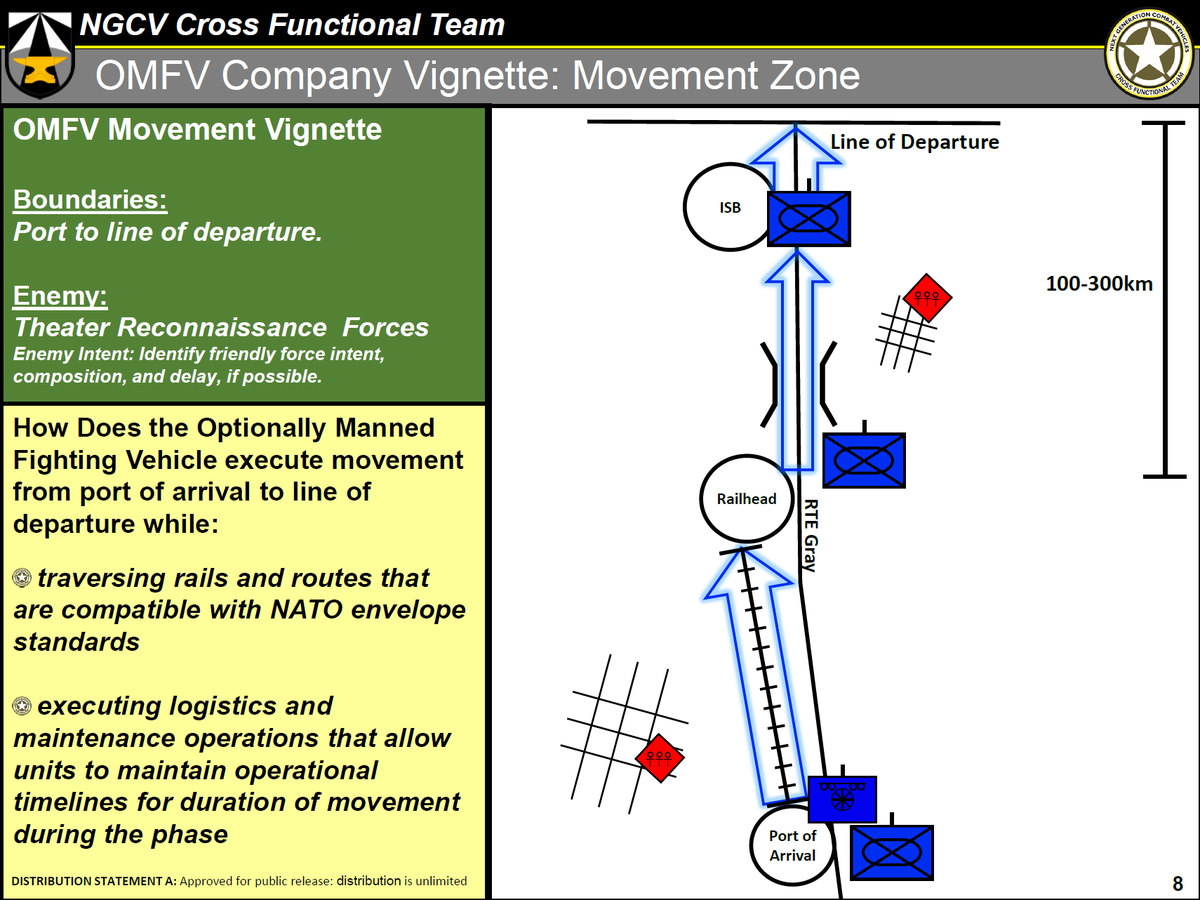
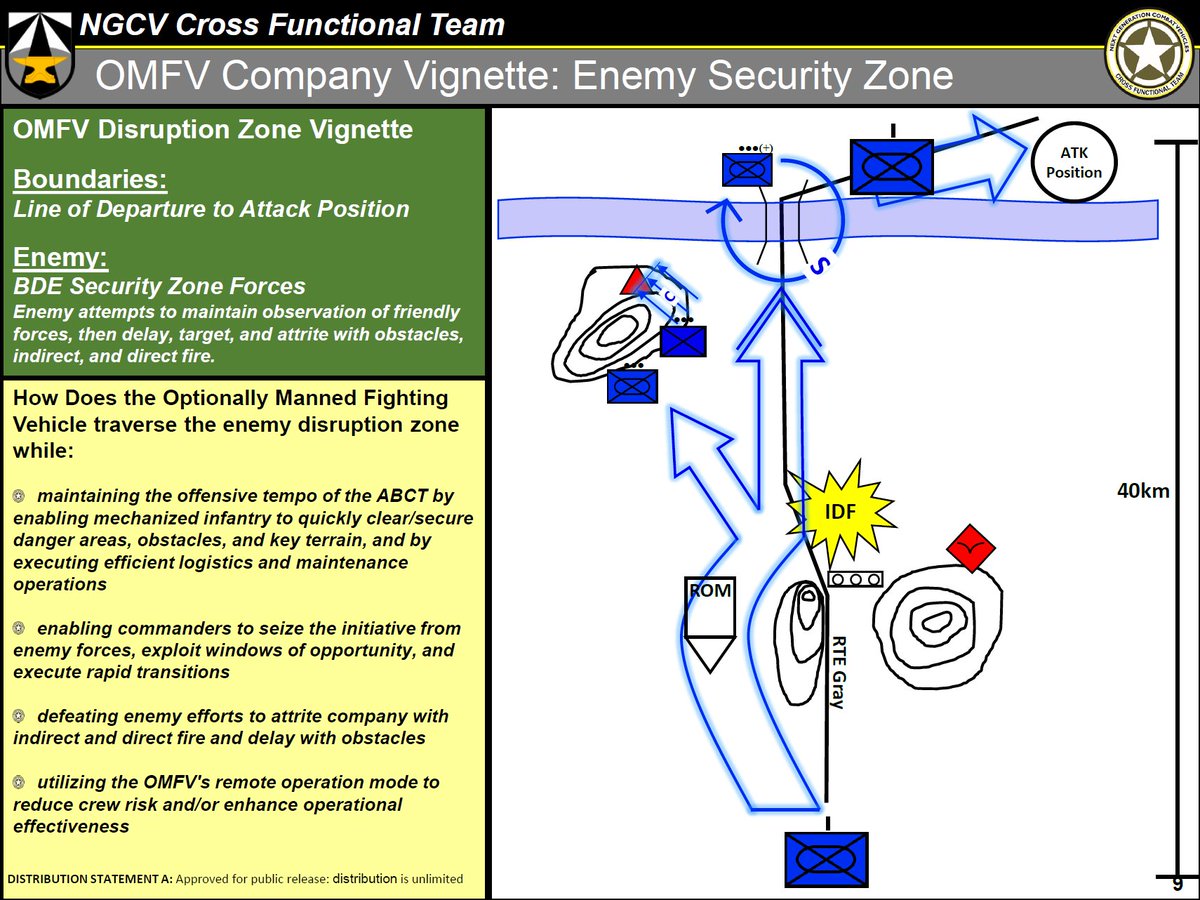
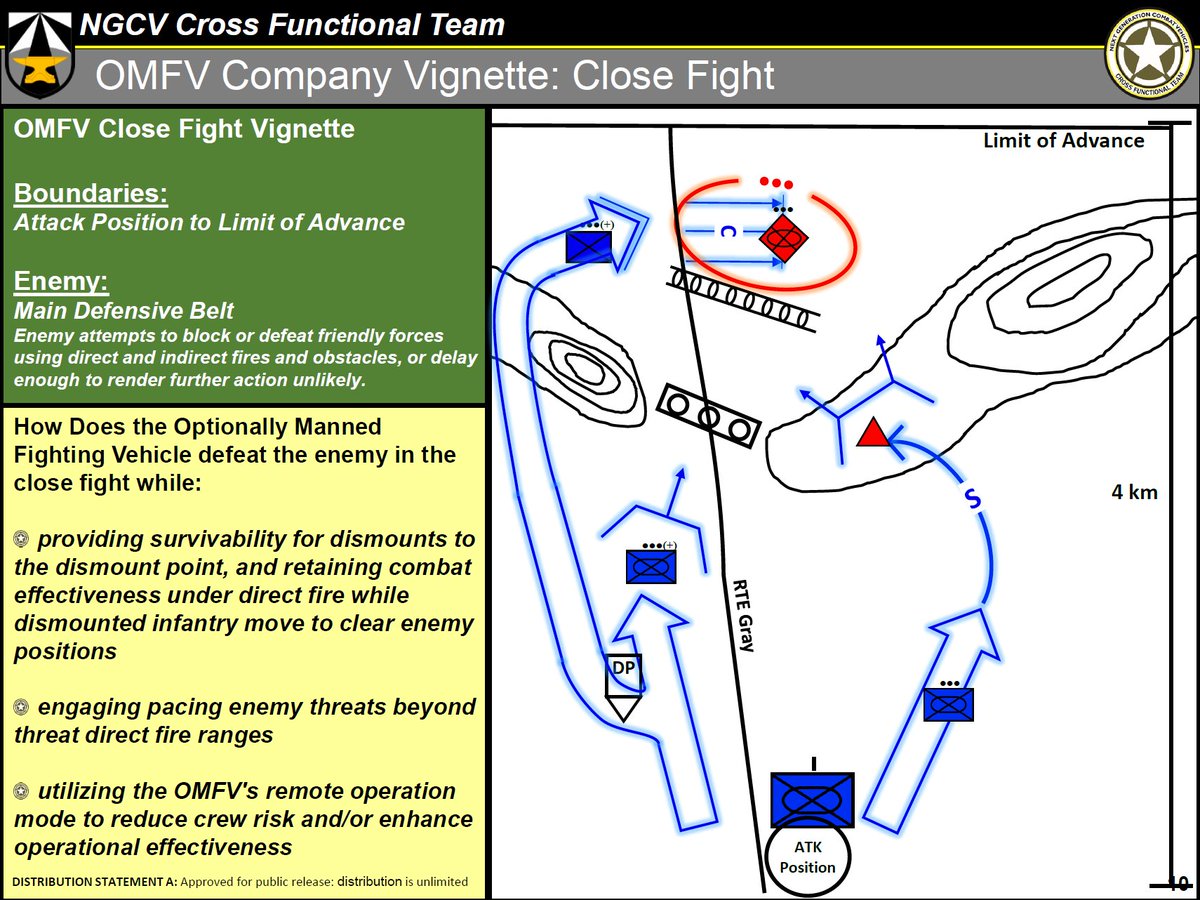

In terms of the distances involved in the above tasks, you're looking at up to around 375 km, maintaining pace with assumed accompanying M1 formations 
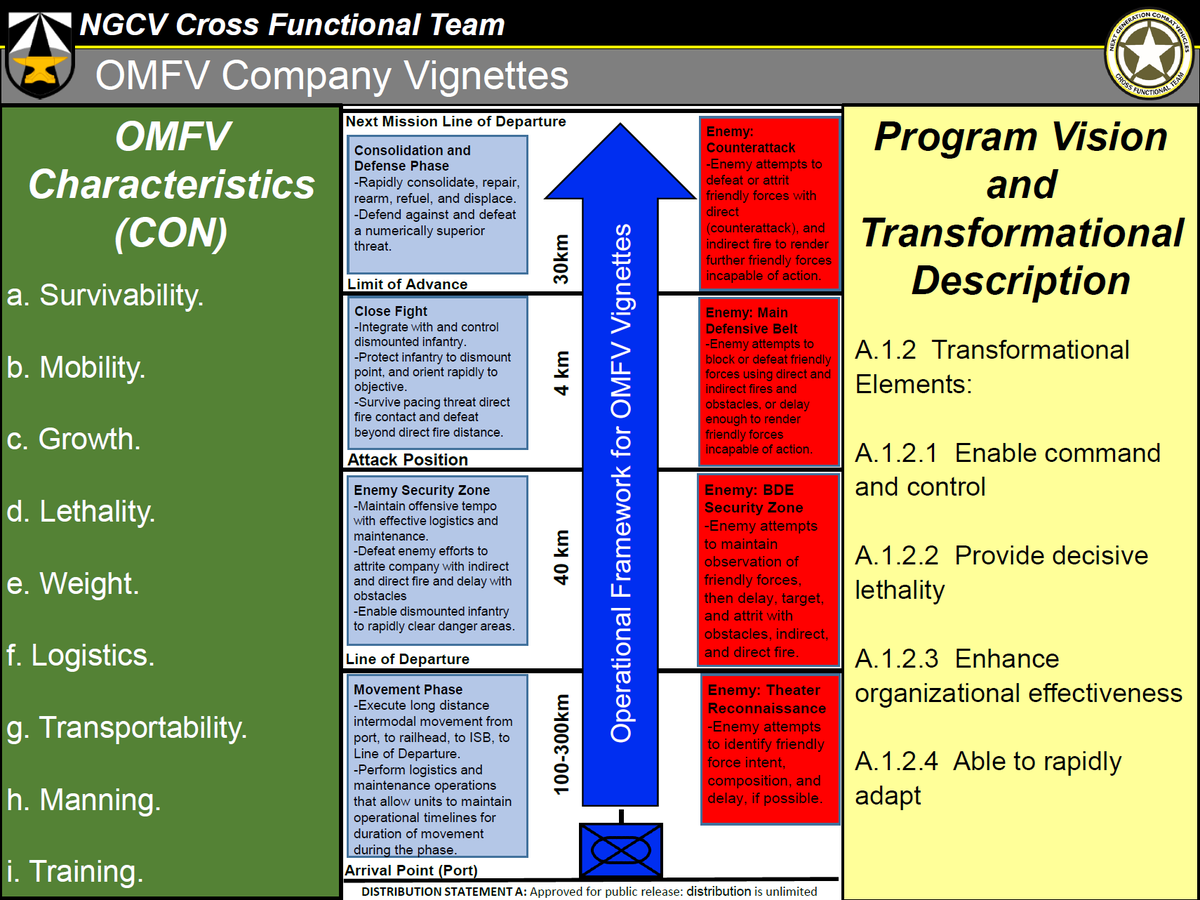
Timelines broadly as we've seen before. Various development and testing with open competition through to FY27, then selection of a winner for LRIP in FY28/29 and FRP starting in FY30. So if all goes smoothly(!) then it will be 8 years from now to first deliveries, give or take. 
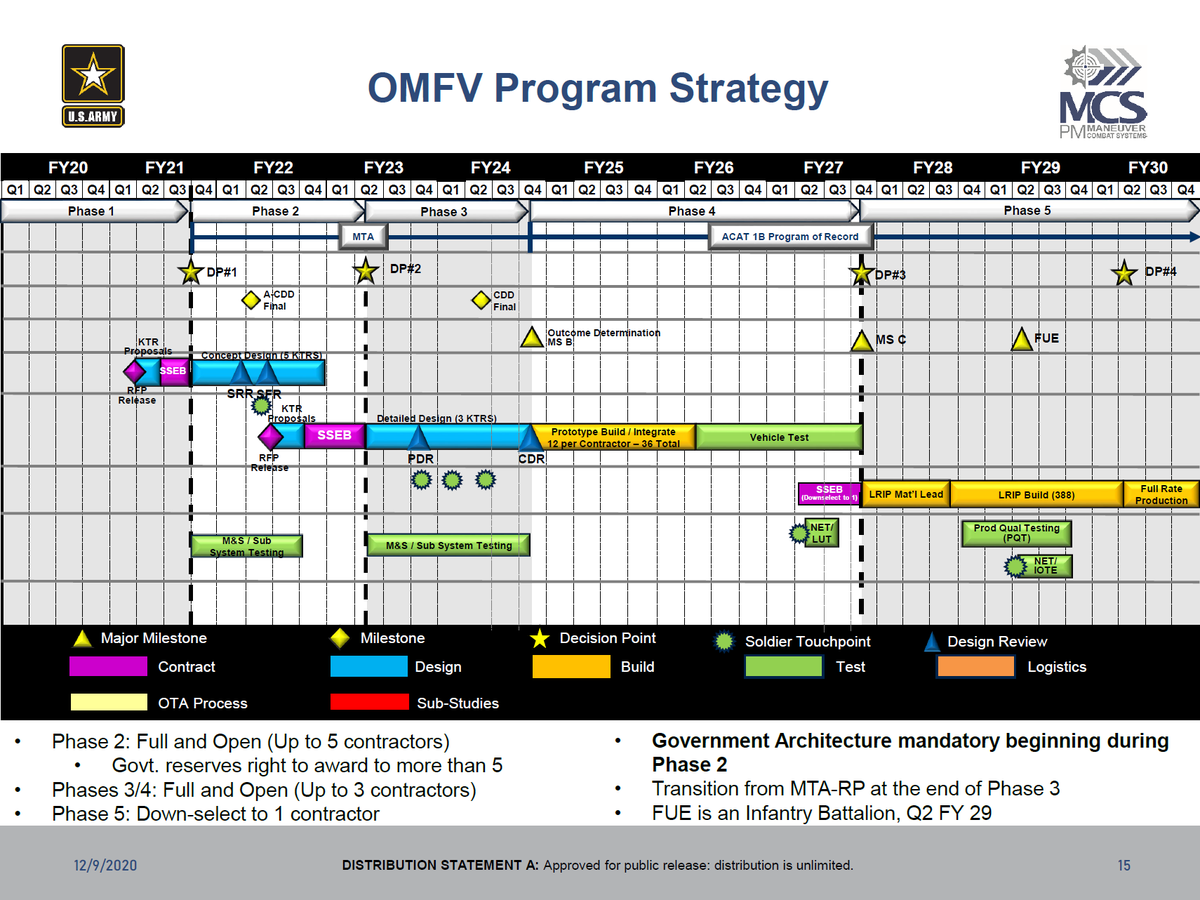
Strong focus on a "modular open systems architecture" which whilst a rbaoder concept, always seems like a lot of effort not to use the term GVA. More on MOSA here dsp.dla.mil/Programs/MOSA/ 
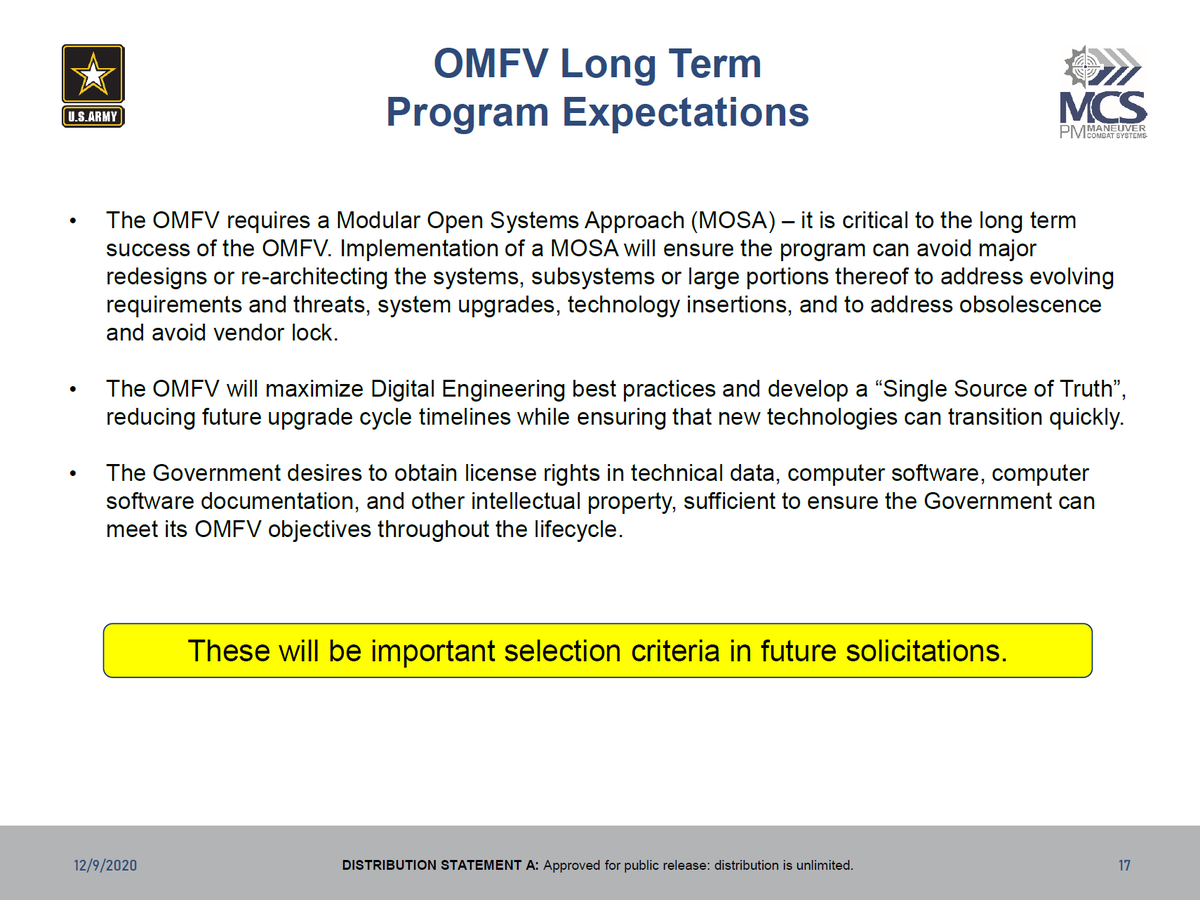
OMFV remains one to watch as bidders assemble. Here's hoping its nth time the charm (depending how you look at it this is somewhere between 3rd & 7th go at a Bradley replacement now)
I remain firmly in support of this Doug Didia visioneering concept based purely on rule of cool
I remain firmly in support of this Doug Didia visioneering concept based purely on rule of cool

• • •
Missing some Tweet in this thread? You can try to
force a refresh

